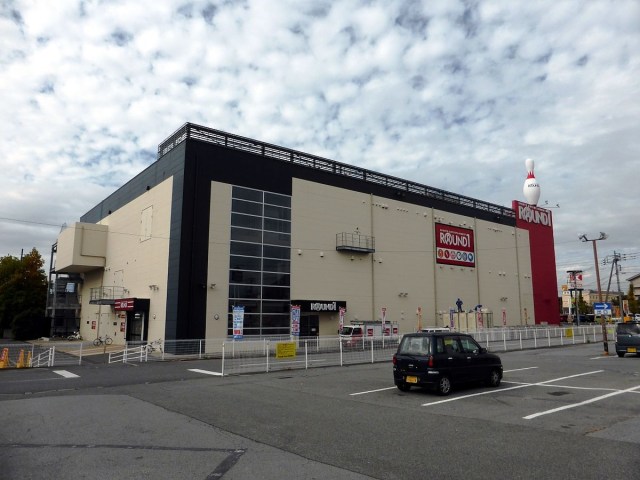
Your eye isn’t the only thing they’re supposed to catch.
Bowling alleys are incredibly easy to find in Japan. That’s not to say that they’re all over the place, but if there is one in your vicinity, you’ll often be able to spot it right away, since there’s a good chance it’ll have a giant bowling pin on top.
This style of exterior is especially prevalent at Round 1. The entertainment center chain’s branches usually also have attached video game arcades, karaoke boxes, and billiards and darts areas, but it’s a bowling pin that’s on the roof of roughly 70 percent of Japan’s 99 Round 1 locations. Obviously the pin functions as an advertisement, but it’s not just meant to catch eyes. It turns out that a lot of those pins are there to catch lightning too.
Under Japanese building codes, a building that’s more than 20 meters (65.6 feet) tall needs to have a lightning rod at its highest point. 20 meters would be about the sixth floor of an apartment building, and with the higher interior ceilings of a commercial-use building like Round 1, getting past 20 meters is pretty easy, especially if there are other tenants in the building too. So for those Round 1 locations that are over 20 meters tall and have a bowling pin on their roof, the tip of the pin has a lightning rod protruding from it.
The protrusion isn’t always noticeable from ground level, but Round 1’s brand management department recently confirmed the lightning rod functionality of its rooftop pins. There is, however, a bit of a chicken-and-egg thing going on here. Ordinarily, if a building is under 20 meters tall, it’s OK without a lightning rod. However, even if the main structure itself is under that limit, if there are antennas, advertisements, or other things attached to the building that stretch more than 20 meters above the ground, then the lightning rod requirement kicks in. So it’s possible that in addition to Round 1 branches that already needed a lightning rod and so built it into the rooftop pin, there may also be branches at which it’s the pin itself that puts them past 20 meters. Either way, though, those pins aren’t just ads, but often safety features too.
Source: J-Town Net via Livedoor News via Otakomu
Top image: Wikipedia/Mr.W
● Want to hear about SoraNews24’s latest articles as soon as they’re published? Follow us on Facebook and Twitter!

No hay comentarios:
Publicar un comentario